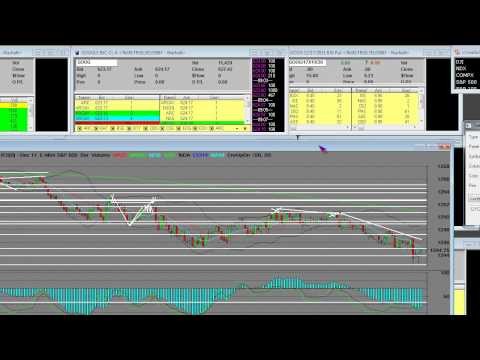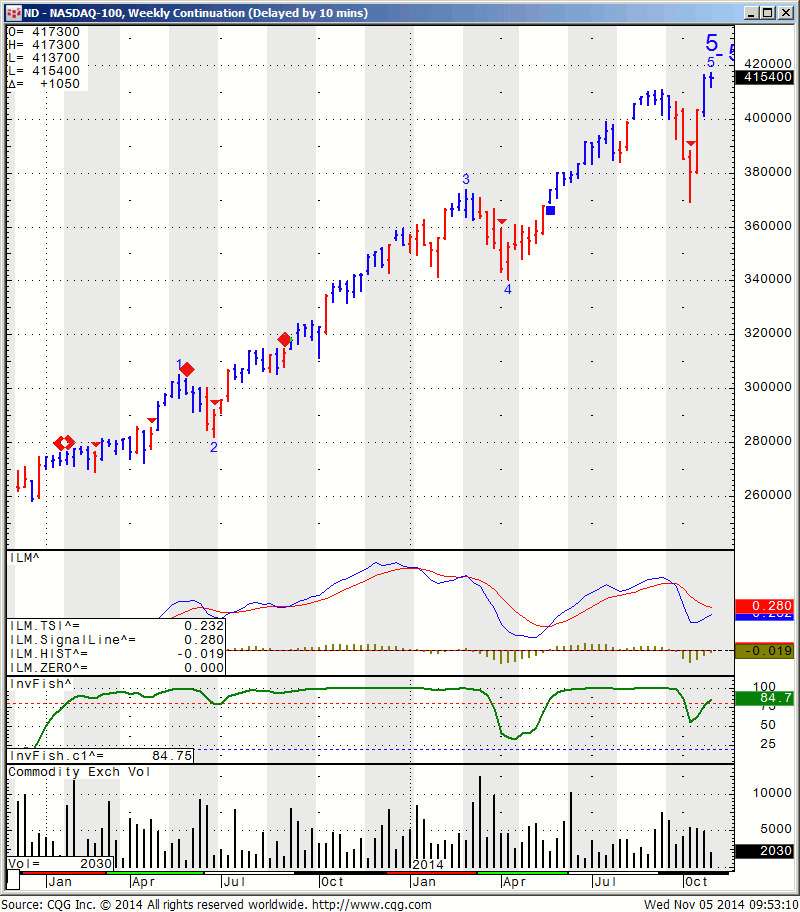How to TRADING SP NASDAQ 100 eMini FUTURES nasdaq stock market
Post on: 16 Март, 2015 No Comment

DOW 8450.16 -88.08 -1.03% NASDAQ 1292.80 -16.87 -1.29% S&P 890.16 -9.56 -1.06% 10YR 10029/32 -1/4 YIELD:-1.06%
Dear Fellow Trader, Welcome to seven week trading course!
To trade effectively, you must first have a plan, laying out a strategy for the upcoming trading day.
Your plan should encompass your mental preparation, your technical analysis of the market, entry and exit points, and the nature of the market, itself. In this Seven-Part Course, I’ll lead you through the highlights of devising a plan to trade. Our focus is on Stock Index Futures — in particular, S&Ps and NASDAQ — but many of these lessons can be applied to any market. My goal is to help you — whether a novice or an experienced trader — to trade better by preparing better.
In Part 1, we examine the first step in devising a plan — preparing mentally for the trading day. You can’t just start trading without mental preparation any more than a professional football player could just suit up and go out on the field. This mental preparation underscores what I consider to be the first requirement of trading — discipline. Discipline is what enables you to devise a trading plan, execute that plan and stick to it when things don’t go your way. With a little discipline, you may have a little success. With more discipline, your successes will be more frequent and more consistent, and a totally disciplined trader will have the best opportunities of all.
In Part 2, we’ll examine the personality of the market. In order to devise a trading plan, you must know, for example, if you’re in a trending market or a range-bound one. I’ll share some hints and advice on how to tell the kind of market you’re trading — and how to learn from your mistakes.
In Part 3, we’ll look at trade execution with entry and exit points and stop-order placement. We’ll discuss risk and reward, dealing with losses — and wins, and how to keep your focus when everyone else in the market is losing theirs.
In Part 4, we’ll go a little deeper, looking at false signals and breakouts. I’ll share my advice on when it’s best to be on the sidelines, and when — and why — it is important to vary your trading size and your stop-order placement without increasing your overall risk.
In Part 5, we’ll examine how to use stocks and other indicators to help you trade futures. Traders should use every tool at their disposal to improve their performance. We’ll discuss some of our favorites. In
Part 6, we’ll look at trading the NASDAQ, a high-octane market that’s dominated by the tech-sector and has been known to make some pretty wild moves in a day.
In Part 7, we’ll answer the questions that you’ve generated — so be sure to e-mail your queries throughout the course. Most of all, I hope to give you an insight into my mental and strategic processes as I trade the futures markets, where I’ve spent nearly 20 years. While a trader’s style is unique — a reflection of personality, preferences, risk tolerance, and so forth — there are some things that remain constant. Among them (and at the risk of over-simplifying) is that basic law of trading: Buy low, sell high. It may sound easy, but to do that requires intense preparation and discipline each and every day. Lewis J. Borsellino CEO and Founder, TeachTrade Course Schedule
PART 1 — The Mental Game. Most traders believe that correct trading patterns or setups are the ultimate key to success. Lewis strongly disagrees! Knowing yourself first is more important. In Part 1, Lewis will teach you how to identify the proper trading style that is best suited to your personality and how to take advantage of your innate style to gain insight into your trading and improve your results. You will then learn how to use this knowledge and apply it in the upcoming weeks’ lessons.
PART 2 — The Trend. One of the toughest things traders encounter is how to identify if today is a trend day or a range-bound day. Knowing how to trade in these two very different environments is a major key to most professionals’ success. In Part 2, Lewis will show you how he identifies these two distinct trading environments and how you can exploit characteristics of each.

PART 3 — Executing — Part I. Building upon the first two weeks’ lessons, in Part 3 you will learn where to enter, when to exit, and where to place your stops in the S&P and Nasdaq 100 futures. You will also be taught when and how to scale into and scale out of a position, and how to properly evaluate the risks vs. rewards before entering a position.
PART 4 — Executing — Part II. In Part 4, Lewis will teach you how to read daily and intraday charts, how to exactly pinpoint support and resistance areas, and how to trade pivots and breakouts. Also, as an added bonus, Lewis will show you how to determine a false breakout vs. the real thing. Not only will you be able to apply this knowledge to stock index futures trading, but you will also be able to apply it to other major markets as well. Finally, at the end of this lesson, you will learn how to trade economic events, including the release of significant reports such as PPI, CPI, and key employment reports.
PART 5 — Executing — Part III. In Part 5, Lewis will share with you how he uses stocks to foretell the futures markets and how he uses futures to foretell the movement of key stocks. Also, Lewis will teach you the best momentum and sentiment indicators he uses to enter and exit the markets.
PART 6 — Trading The Nasdaq 100. A special focus on the Nasdaq 100 futures market. You will learn how this volatile index differs from the other stock index futures and specific strategies for trading it.
This is a big chance to change your life














